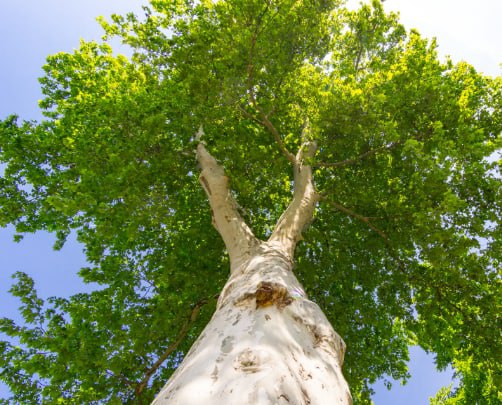Introduction
It’s a common question for homeowners in Sevenoaks, Kent—you glance at that tree in the garden and wonder: is it beyond help, or just a bit neglected? A struggling tree doesn’t always mean it’s on its last limb. Sometimes it simply needs the right care at the right time. Knowing the difference between a dead tree, a dying tree, and one that’s just in poor health is crucial—not only for safety but also for the long-term health of your garden.
At Sevenoaks Tree Surgeons, we help residents make informed decisions about their trees, offering tailored services that preserve beauty, safety, and value. Let’s take a closer look at the signs and what each condition really means.
How to Tell If a Tree Is Dead
A dead tree is no longer functioning biologically—it’s dry, brittle, and completely lifeless. While some signs may be obvious, others can be more subtle until the decay is well advanced.
Key indicators a tree may be dead:
- Bark peeling away in large sections
- No visible buds, even in peak growing season
- Brittle, dry branches that snap easily
- Hollow trunk or signs of internal rot
- Fungal growth at the base (mushrooms, shelf fungus)
Try a simple scratch test: use a small knife to scratch the bark on a smaller branch. If the layer beneath is brown and dry rather than green and moist, that part of the tree is likely dead.
Signs of a Dying Tree
A dying tree is not entirely lifeless, but it’s in significant distress and may not recover without expert intervention. The causes vary—disease, pest infestation, soil issues, or even past construction work that disturbed the roots.
Common symptoms of a tree in decline:
- Sparse canopy or thinning leaves
- Discoloured or wilting foliage outside of autumn
- Excessive dead branches
- Cracks forming in the trunk
- Unusual leaning or instability
- Sap leakage or oozing wounds
The earlier these signs are spotted, the more options you have to intervene and save the tree. Professional pruning, soil conditioning, or pest control could still turn things around.
What About Neglected Trees?
Sometimes, a tree simply looks rough due to lack of maintenance—not illness or death. Overgrown branches, tangled crowns, or a general “untidy” appearance doesn’t necessarily mean the tree is in danger. But left untreated, even a healthy tree can develop structural weaknesses or create hazards over time.
Features of a neglected (but otherwise healthy) tree:
- Branches growing too close to buildings or power lines
- Crowded canopy blocking sunlight or airflow
- Lower limbs encroaching on paths or driveways
- Deadwood that needs clearing out
- Lack of shaping or structural balance
Neglected trees often respond quickly to professional pruning and maintenance, regaining both vigour and aesthetics in a short space of time.
Why It Matters to Know the Difference
Knowing whether your tree is dead, dying, or just neglected isn’t just about appearance. There are real implications for safety and property value. Dead trees are at high risk of falling, especially during storms, while dying trees may drop large limbs unexpectedly. Even neglected trees can cause issues if they interfere with structures, block light, or drop excess debris.
Misdiagnosing a tree could lead to unnecessary removal, or worse—ignoring a genuine risk that leads to damage.
When to Call a Tree Surgeon
If you’re unsure what you’re dealing with, it’s wise to contact professionals. At Sevenoaks Tree Surgeons, we assess trees based on structure, health, and environmental context, helping you decide whether intervention, restoration, or removal is the best path.
Tree assessments we offer often include:
- Visual inspection from ground level
- Basic soil and root analysis
- Structural integrity checks
- Identification of pests, fungus, or diseases
- Recommendations for pruning, bracing, or feeding
It’s always better to address tree health proactively, before small problems grow into expensive hazards.
Conclusion
Not every rough-looking tree in your garden is a goner. Some need removal, yes—but many just need attention, nourishment, and skilled hands to return to form. Whether your tree is dead, dying, or simply neglected, acting now means you preserve both safety and natural beauty on your property.
If you’re unsure what your tree is trying to tell you, reach out to Sevenoaks Tree Surgeons. We’re here to offer honest advice and expert solutions—so your trees can thrive in the heart of Sevenoaks, Kent for years to come.
Call us on: 01732 443299
Click here to find out more about Sevenoaks Tree Surgeons
Click here to complete our contact form and see how we can help with your trees needs.
